Pothos Plant
- October 24, 2023
- 0 comment
Pothos, scientifically known as Epipremnum aureum, is a popular and easy-to-care-for indoor plant cherished for its lush, trailing vines and striking variegated foliage. This low-maintenance houseplant, often referred to as “Devil’s Ivy” or “Golden Pothos,” is a favorite among both novice and experienced gardeners.

Pothos plants are appreciated for their adaptability and ability to thrive in various indoor conditions, from low light to indirect sunlight. They not only add a touch of greenery to homes and offices but also help improve indoor air quality by filtering out toxins.
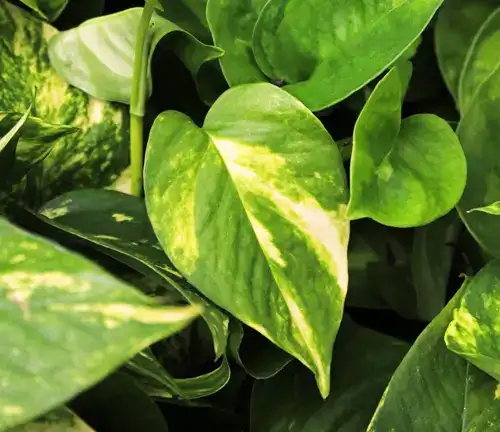
Pothos is renowned for its heart-shaped leaves, which come in various color patterns, including green and white, and green and yellow. With the right care, which includes moderate watering and occasional pruning, Pothos plants can flourish for years, making them an ideal choice for anyone seeking an attractive and hassle-free addition to their indoor garden.
| Characteristics | Description |
| Scientific Name | Epipremnum aureum |
| Common Names | Common Names |
| Family | Araceae |
| Origin | Southeast Asia, Solomon Islands, and the Pacific Islands |
| Type | Evergreen vine |
| Mature Height | Typically 6 to 10 feet (1.8 to 3 meters), but can be longer in ideal conditions |
| Foliage | Heart-shaped leaves with variegated patterns (green and white, green and yellow) |
| Light Requirements | Can tolerate low to bright, indirect light; best growth in moderate to bright indirect light |
| Watering | Allow the top inch of soil to dry between waterings; water sparingly in low light conditions |
| Soil Type | Well-draining potting mix |
| Temperature Range | Thrives in temperatures between 65°F to 85°F (18°C to 29°C) |
| Humidity | Tolerant of average indoor humidity levels |
| Fertilization | eed with a balanced liquid fertilizer every 4-6 weeks during the growing season (spring and summer) |
| Propagation | Easily propagated through stem cuttings in water or soil |
| Toxicity | Mildly toxic to pets and humans; ingestion may cause oral irritation and digestive discomfort |
| Pest Resistance | Generally resistant to pests, but can be susceptible to mealybugs and spider mites if not cared for properly |
| Maintenance | Prune to control size and encourage bushier growth |
| Air Purification | Effective in removing indoor air pollutants, such as formaldehyde and xylene |
Botanical Beauty of “Pothos Plant”
The Pothos plant, known scientifically as Epipremnum aureum, is a botanical marvel celebrated for its captivating beauty and versatility. With its striking variegated foliage and enchanting heart-shaped leaves, this plant has found a special place in the hearts of gardeners and nature enthusiasts around the world.
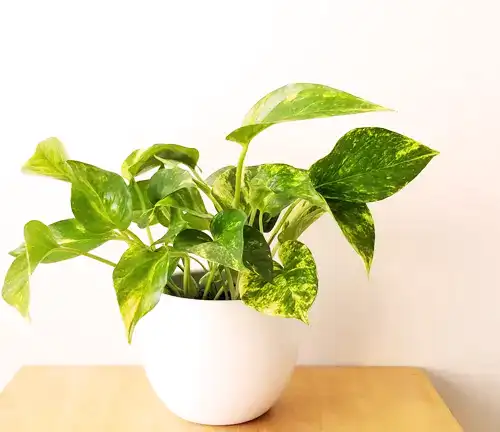
Woodland Elegance
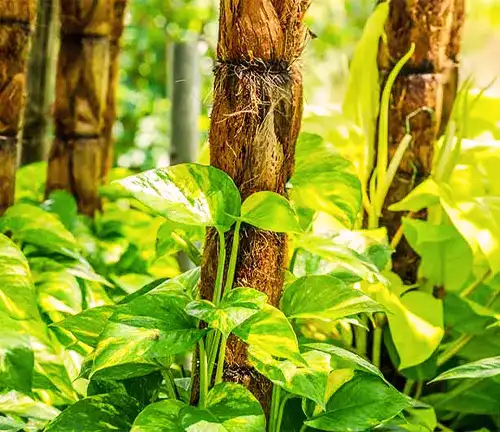
Pothos, often referred to as “Devil’s Ivy” or “Golden Pothos,” originates from Southeast Asia, the Solomon Islands, and the Pacific Islands. It thrives in lush, tropical rainforests, where it gracefully adorns the forest floors and climbs tree trunks. Its vines drape down in a cascade of green and variegated shades, creating an elegant and enchanting woodland ambiance.
Ecological Importance
Beyond its aesthetic appeal, Pothos plays a crucial ecological role in its native habitat. As an evergreen vine, it provides shelter and habitat for a variety of wildlife, including insects and small creatures. The plant’s dense foliage also helps maintain humidity levels and contributes to the overall health of the forest ecosystem.
Cultivation and Conservation
Pothos is celebrated for its adaptability and ease of care, making it a popular choice for indoor gardening. While it can thrive in low-light conditions, it truly shines in moderate to bright indirect light. With moderate watering and occasional pruning, Pothos plants can flourish indoors for many years. Despite its popularity, conservation efforts are underway in its native habitats to ensure the plant’s survival in the wild.

Fragrance
One of the lesser-known features of Pothos is its delicate fragrance. When it flowers, typically in its natural habitat, the plant emits a subtle and sweet scent that adds to its allure. This fragrance is a delightful surprise for those who cultivate Pothos indoors.
Soil Stabilization

Pothos contributes to soil stabilization in its native environment. Its extensive root system helps prevent soil erosion, which is especially important in tropical rainforests prone to heavy rainfall and runoff. This characteristic showcases the plant’s ecological significance beyond its appearance.
Common Uses
Pothos plants have become a common sight in homes, offices, and public spaces. They not only serve as decorative elements but also enhance indoor air quality. Their air-purifying properties make them an ideal choice for indoor spaces, removing pollutants like formaldehyde and xylene. The diverse leaf patterns and colors of Pothos make it a versatile addition to any interior décor.
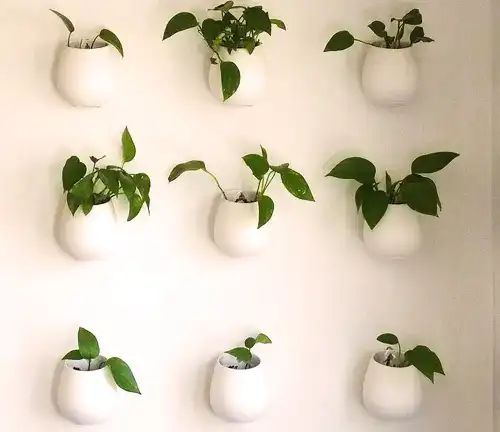
Benefits
The benefits of Pothos extend beyond aesthetics and air purification. The low-maintenance nature of this plant makes it a favorite among busy individuals and those new to gardening. It’s an excellent choice for those seeking an attractive and hassle-free houseplant. Additionally, the ability to propagate Pothos from cuttings makes it an affordable and sustainable option for plant enthusiasts.
Different Species
Epipremnum aureum
(Golden Pothos)
This is the most well-known and widely cultivated Pothos variety, featuring heart-shaped green leaves with variegated patterns of yellow or white. It’s appreciated for its adaptability and air-purifying qualities.
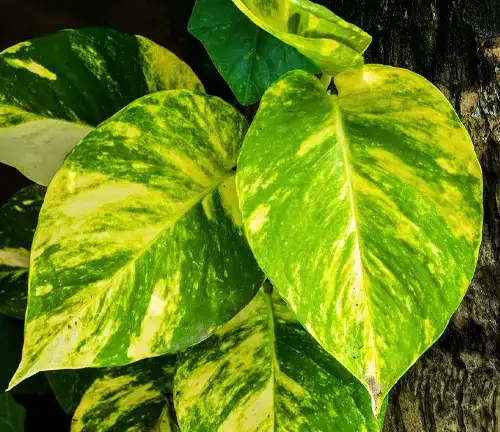
Epipremnum aureum ‘Marble Queen’
A variation of the Golden Pothos, the ‘Marble Queen’ has stunning marbled white and green leaves. It’s a popular choice for those seeking a more distinct variegation.
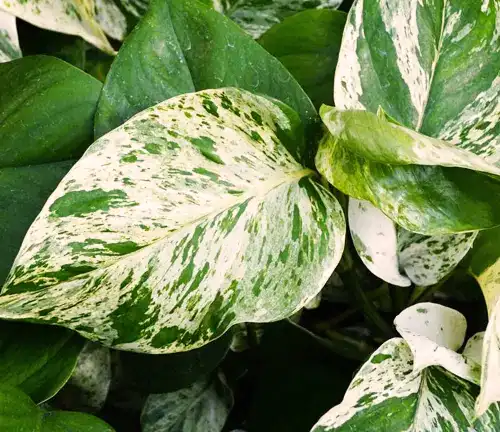
Epipremnum aureum ‘Neon’
This Pothos variety is characterized by its vibrant, neon-green foliage. It’s a striking and eye-catching plant.
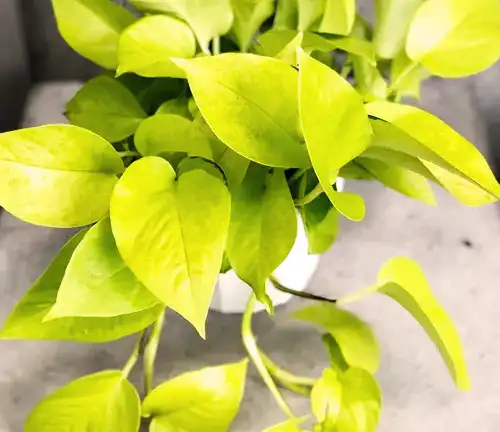
Epipremnum aureum ‘Jade’
The ‘Jade’ Pothos has dark green leaves and is known for its rich color. It’s an attractive alternative to the more common variegated varieties.

Epipremnum pinnatum
This species of Pothos features elongated, narrower leaves compared to Epipremnum aureum. It’s native to the Solomon Islands and can produce large, fenestrated leaves when mature.
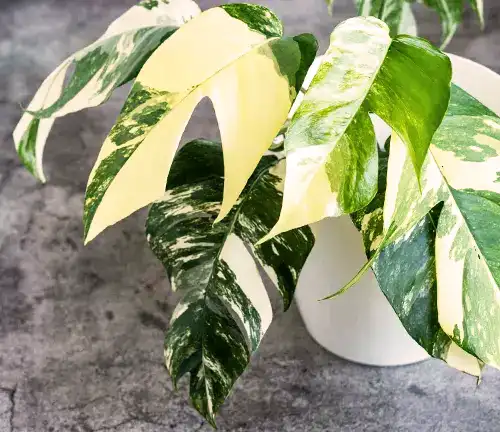
Epipremnum pinnatum ‘Cebu Blue’
This Pothos variety is appreciated for its striking blue-green leaves. As the plant matures, it can develop fenestrations or splits in the leaves.

Epipremnum pinnatum ‘Aureum’
(Satin Pothos)
While it shares the same genus as other Pothos, the Satin Pothos has distinct silvery-green leaves. It’s an excellent choice for those looking for a unique and elegant houseplant.
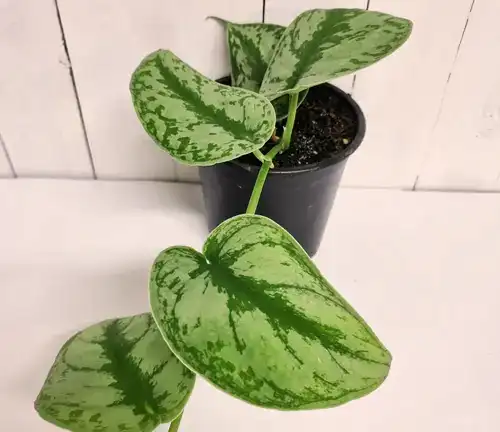
Epipremnum manjula
(Happy Leaf Pothos)
This Pothos variety has elongated, arrow-shaped leaves with shades of green and silver. It’s celebrated for its elegant appearance.

Epipremnum ‘N’Joy’
With leaves resembling a combination of ‘Marble Queen’ and ‘Jade’ Pothos, ‘N’Joy’ features variegation that includes white, silver, and green patterns.
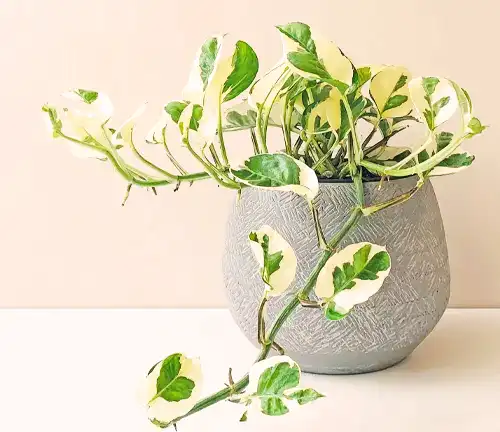
Frequently Asked Questions (FAQs)
- How do I care for my Pothos plant?
Pothos are relatively low-maintenance. They thrive in moderate to bright indirect light and should be watered when the top inch of soil is dry. Regular pruning and occasional fertilization are also essential for optimal care. - Can I grow Pothos in low light conditions?
Yes, Pothos are one of the few houseplants that can tolerate low light conditions, although they may grow more slowly and have less variegation in such settings. - How often should I water my Pothos?
Water Pothos when the top inch of soil is dry. The frequency can vary depending on factors like light and humidity, but it’s generally every 1-2 weeks. - What kind of soil is best for Pothos?
Well-draining potting mix is ideal. A standard indoor plant mix or a mix that includes peat moss, perlite, or vermiculite works well. - How can I propagate my Pothos plant?
Pothos can be easily propagated from stem cuttings. Place cuttings in water or directly in soil, and they will grow roots over time. - Are Pothos plants toxic to pets?
Yes, Pothos are considered mildly toxic to pets and humans. Ingesting the plant may cause oral irritation and digestive discomfort. - Why are the leaves on my Pothos turning yellow?
Yellowing leaves may be due to overwatering, insufficient light, or poor drainage. Adjust your care routine accordingly to address the issue. - How can I make my Pothos plant grow faster?
To encourage faster growth, provide it with ample indirect sunlight, ensure the right watering schedule, and occasionally fertilize during the growing season. - Can Pothos be grown in a hanging basket?
Yes, Pothos are well-suited for hanging baskets due to their trailing vines. This allows them to cascade gracefully. - How do I get rid of pests on my Pothos plant?
Common pests that can affect Pothos include mealybugs and spider mites. To remove them, use a gentle insecticidal soap and ensure good airflow around the plant. - Can Pothos be grown outdoors?
In tropical or subtropical regions, Pothos can be grown outdoors, but they should be protected from direct sunlight. In colder climates, they are best kept indoors.


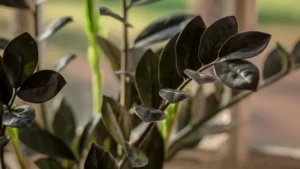




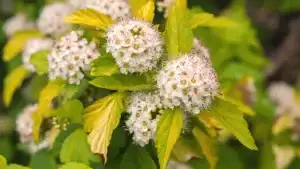
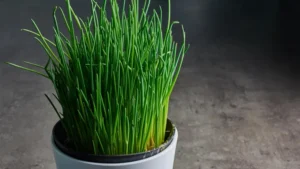

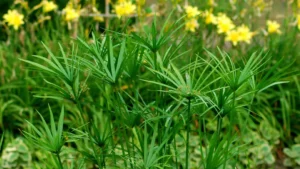



Leave your comment